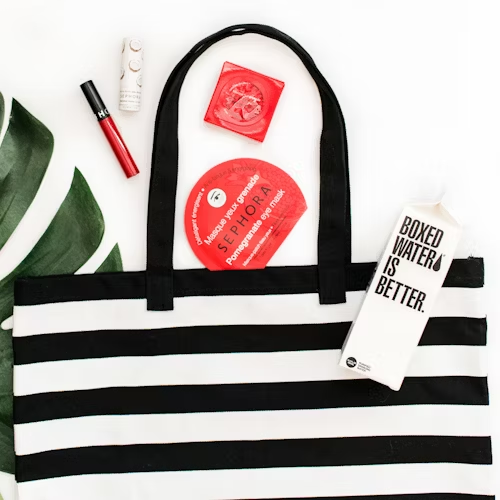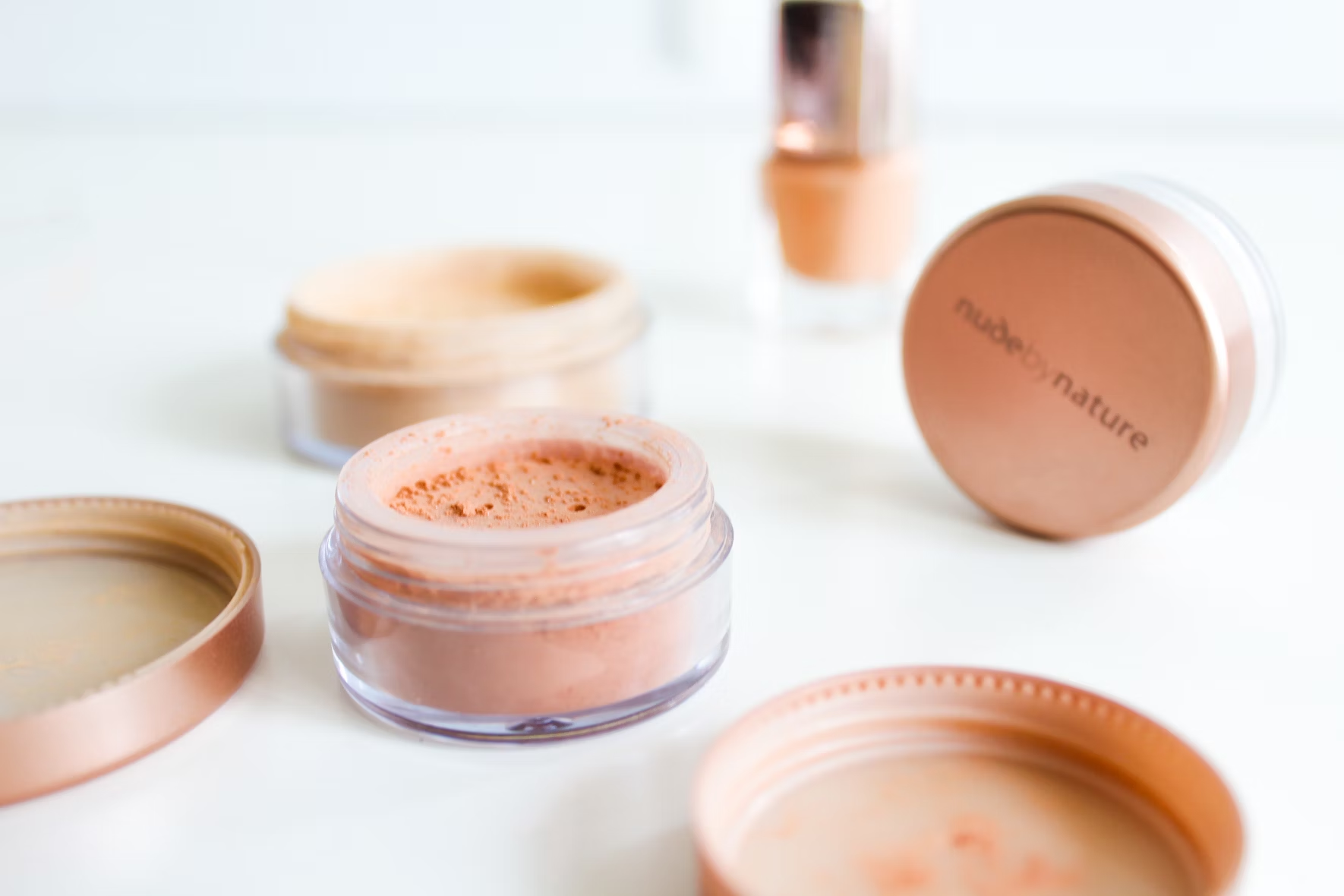Ladies, what would you say if I told you there was a good chance you had plastic on your face right now? Without knowing it, you may be putting plastic on your face every morning before class or while getting ready for a night out.
I’m talking about microplastics. Tiny particles of plastic less than 5mm exist in more cosmetic products than we know. According to an article published earlier this year on the Microplastic Free website “A study by the Plastic Soup Foundation examined over 7,000 cosmetic products and found that a staggering 87% contained microplastics.”
Microplastics exist in many unknown areas of our lives, it’s not just cosmetics. However, the large amounts of microplastics in cosmetic products raise concern.
Within the discussion of microplastics, the main concern is the environment. Simply put, microplastics cause pollution, mainly of our water and air. Because microplastics are microscopic they are not easily filtered, traces of them are often left in our water supply. It takes hundreds of years for these plastic particles to degrade, in that time, our soil and water content could potentially become toxic.
The other big anxiety that surrounds microplastics is the negative health effects. Microplastics have been linked to hormone disruption, microbiome disruption, and inflammatory response.
Most people aren’t aware of the sheer amount of microplastics that they consume on the daily, or even the source.
According to data from the European Chemical Agency (ECHA) only around 8 percent of microplastics can be attributed to cosmetics. Why then is it such a big concern?
Microplastics are somewhat unavoidable in our world today. Many women aren’t aware of the personal health and environmental impact of the makeup and cosmetic products that they use daily.
With the growing environmentalist movement, we should know the full scope of our carbon footprint and that our skincare is included in it.
According to the Beat the Micro Bead website, the top brands with the highest content of microplastics in their products include: Lush, Maybelline, Deborah, Sephora, and Wycon.

Another key facet of this issue is the hormonal disruption caused by microplastics as mentioned earlier. Hormonal disruption can be harmful to anyone. Women, however, are disproportionately affected by it. Women have more complex hormonal systems that fluctuate more than men, making them more susceptible to the negative side effects of microplastics.
Many women unknowingly put microplastics on their faces every day and suffer severe side effects that take so long to emerge, oftentimes we aren’t sure of the cause.
Getting rid of microplastics altogether is unrealistic but there are some brands, L’Oréal in particular, that are taking strides to formulate their products with less microplastics or even none at all.
Being informed of what goes into your body is a fundamental part of bodily autonomy that we are entitled to, as women and as human beings. What you choose to put on your body is your choice, but it should at least be a conscious one.













